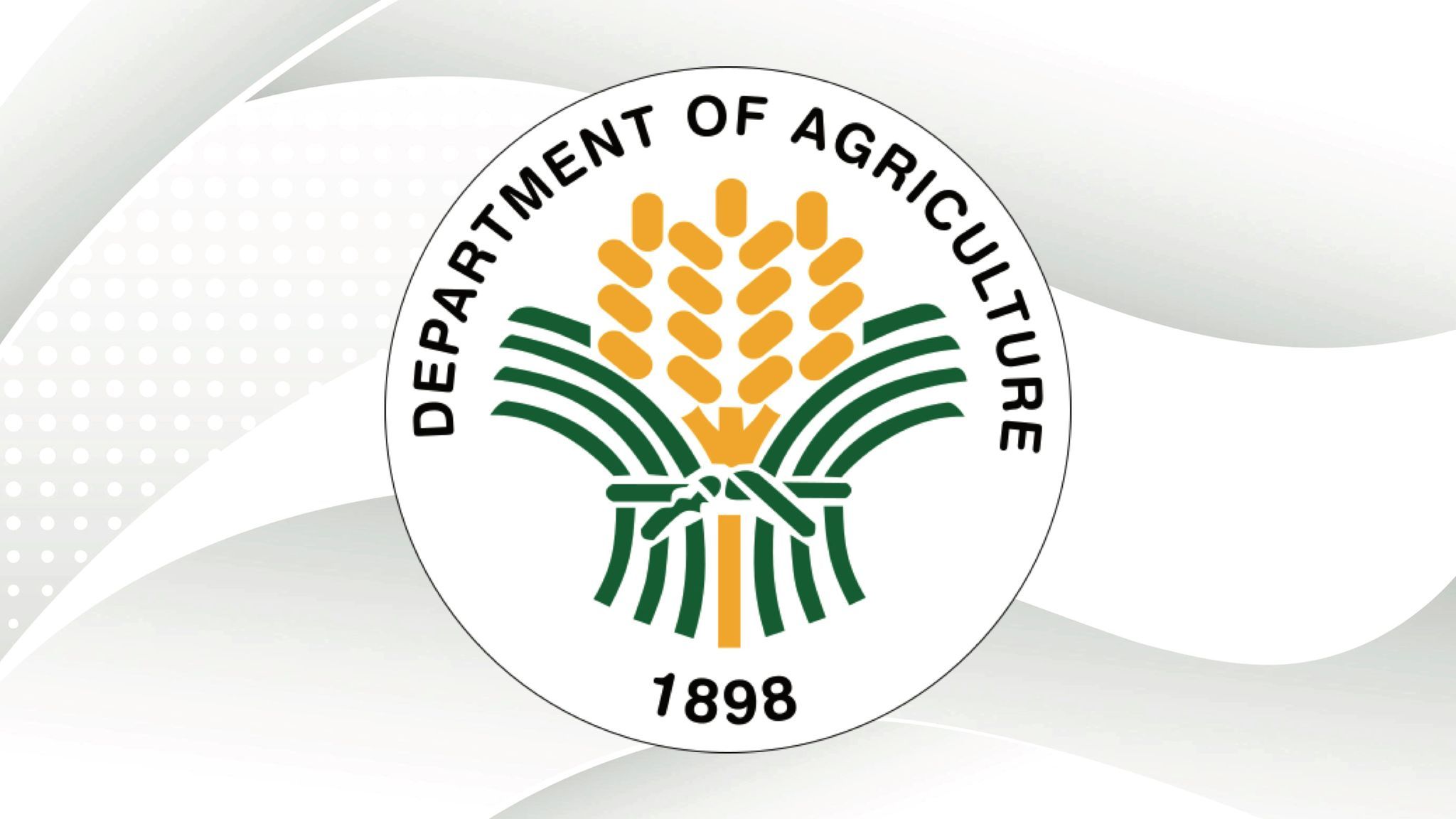Beginning with imported rice, the departments of agriculture and trade and industry are studying setting a maximum suggested retail price (MSRP) or price caps that would strike a balance between the cost of landing imported rice here and the interests of consumers.
The DA said on Wednesday, January 8 that aside from rice, it would also study possible MSRP's for other imported food items to ensure that these food products will continue to be accessible and affordable to consumers, without sacrificing the bottom lines of the importers, who would be spending upfront in bringing these items to the country.
Agriculture Secretary Francisco Tiu Laurel, Jr. was quoted by Business World as saying: “Imported rice is just the beginning. We plan to cast the price net wider to include other imported food commodities like vegetables and meat.”
In a statement, the DA said it is working with the Department of Trade and Industry (DTI) to explore ways to alleviate the financial burden on consumers.
Trade and Industry Secretary Ma. Cristina Roque said she will soon convene the National Price Coordinating Council to review strategies for stabilizing food prices.
“We aim to strike a balance between business sustainability and consumer protection … We want the public to know that we are leaving no stone unturned in our efforts to ease the burden on consumers,” Roque said.
Historically, price caps only served to deter retailers from selling food and hiding their stocks to push prices up. In the end, the consumers suffer from the forced price spiral on account of an artificial shortness in supply..
The DA said that it is also considering the declaration of a national food security emergency, which would grant the Secretary the authority to release rice stocks held in reserve by the National Food Authority, helping to increase supply and bring down retail prices.
Both Laurel and Roque have agreed to draft and sign a memorandum of understanding to expedite efforts to address the persistently high price of rice and, eventually, other essential commodities, the DA said.
“By tackling both supply and pricing issues, the government aims to stabilize the rice market and make it more affordable for consumers nationwide,” it added.
In a separate statement, the Philippine Competition Commission (PCC) said it is exploring possible collaboration with the DA to address anti-competitive practices in agricultural.
“The discussion focused on tackling issues such as price fixing, abuses of dominant market position, and the smuggling of agricultural products, which undermine competition and can lead to higher prices,” the PCC said.
“The dialogue marked an important step in enhancing collaboration between the two agencies as they work towards safeguarding the interests of farmers, fisherfolk, and consumers,” it added.
“Through this collaborative approach, the PCC and DA aim to foster a competitive market environment that benefits all stakeholders in the agricultural sector,” the PCC said.
The DAS said rice imports of 4.68 million metric tons, up from 3.8 MMT in 2023 have been shipped into the country and with lowered tariff of 15 percent (from 35 percent) and DA's efforts to combat smuggling, “we have reduced the incentive to smuggle,” the DA said.
Rice imports for 2025 would depend on how domestic production goes. “We are hoping and we are still expecting that the rice sub-sector can recover this year because there’s no El Niño and the rain that we’re experiencing in the first part of the year because of La Niña is beneficial for our dams and for the areas that need water,” said DA spokesman Assistant Secretary Arnel de Mesa.
“We are still hoping that our production will be good, and if it is good, and that will correspondingly reduce the volume of imports later on. But it is still early to tell,” he added.
For 2025, the DA projects domestic rice production to return to the 20 million metric-ton level.
#WeTakeAStand #OpinYon #OpinYonNews #DA #PCC #DTI
